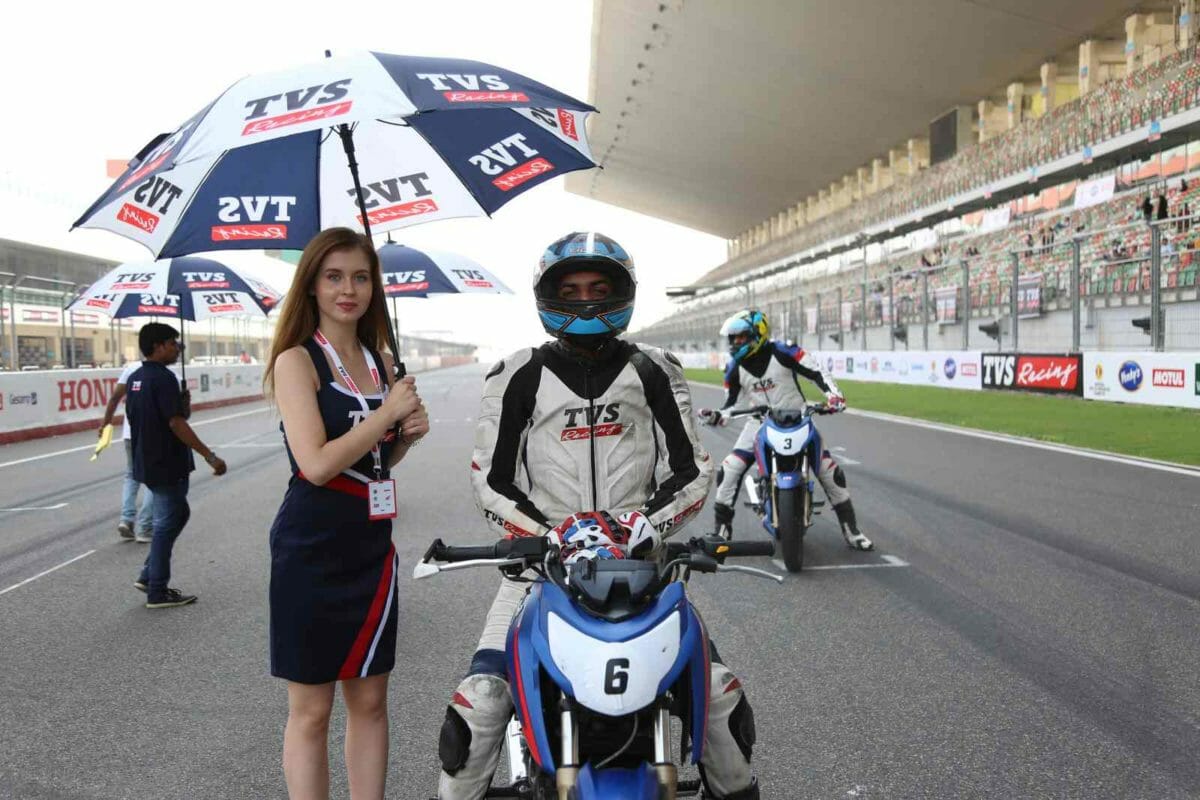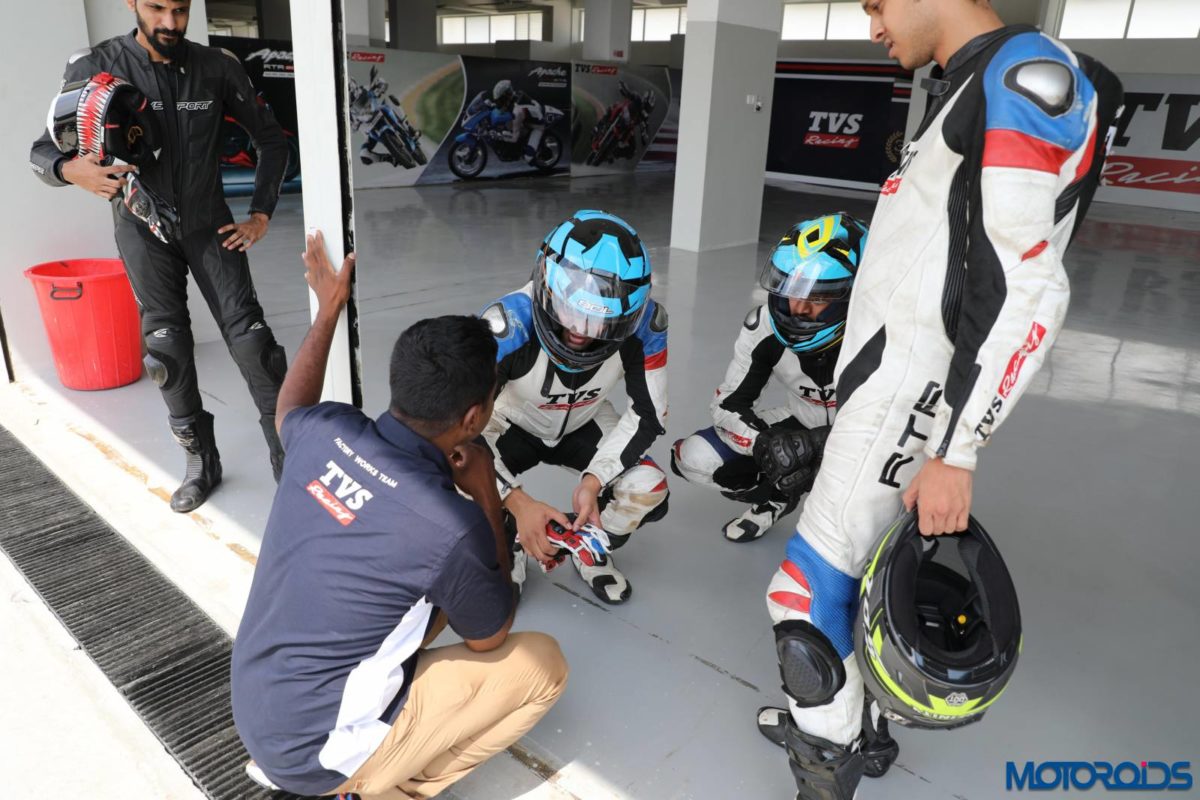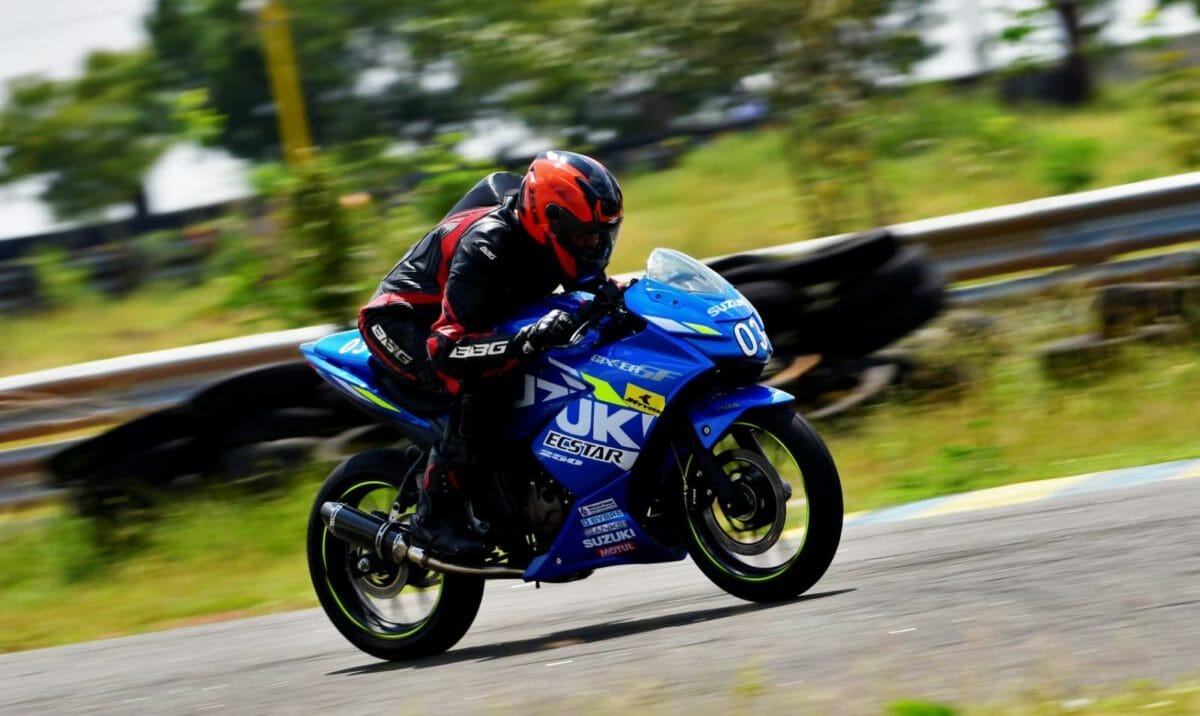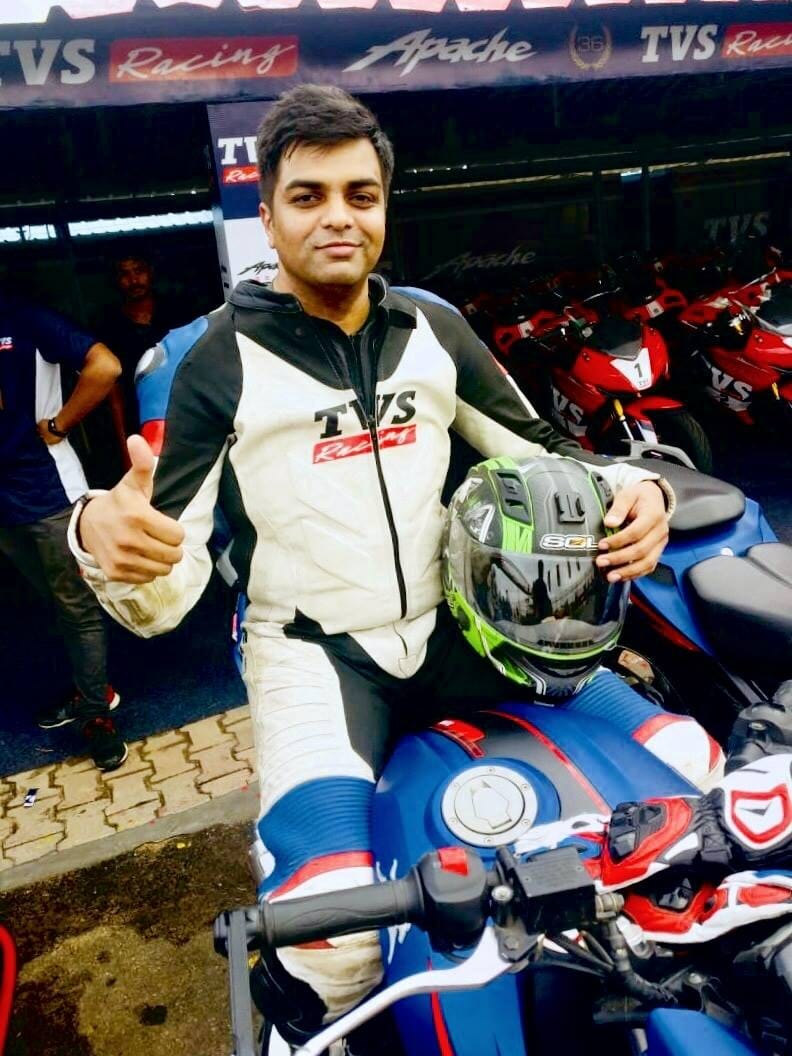Some time ago, TVS Racing very kindly invited us to become a part of their media racer championship, which allows us journos to become better and faster riders in a competitive atmosphere. The four-round championship was held at all the three racing tracks across the country and prior to letting us loose on our bikes, all of us were trained in the classroom and on the track by TVS Racing’s champion racers – Jagan Kumar, K.Y. Ahamad and Harry Sylvester. Post that, Suzuki Motorcycles extended an invitation for an endurance race a few months ago and through this series, we’ll be sharing what we learnt about riding and racing a motorcycle on the race track. In part one, we’ll cover basics which involve fitness and the ideal riding gear you will need before you head out on the track.
Preparing Your Body
Unlike what many think, riding a motorcycle fast on the racetrack requires immense physical effort. On top of that, ours is a country which experiences hot weather for the most part of the year. On a sultry day, suited up in full leathers and under that helmet, it won’t take too long before dehydration gets the better of you and instead of enjoying your time and trying to learn and go faster with each passing lap, you’d be sitting up and taking pauses to recuperate.
Whenever you are about to head to the track, stay away from alcohol and other such vices for the longest possible time and focus on staying hydrated for them muscles to be well-lubricated. Work on strengthening the muscles in your legs, neck and the core. The more flexible you are, the quicker you will be when your body has to shift its weight and position through corners. Goes without saying, a healthy mind resides in a healthy body. You might be a quick learner, but if your body isn’t able to keep up, you will be more tired than happy after the experience.
Also Read: We Put The Race-Spec Suzuki Gixxer SF 250 Through Its Paces In An Endurance Race
Kitting Up
They won’t let you out on any track in India unless your head is protected by a DOT or ECE-certified helmet with a double D-ring fastening mechanism. Ensure your helmet fits right, has its weight distributed well across the shell and doesn’t feel top-heavy when you turn your head. Make sure you invest in one which will protect your head in the event of a fall. Most helmets which are designed for road use have a visor design where the focus is to enhance the rider’s vision towards the bottom, the centre and the sides.
When you are ducked in on the bike to cheat the air and trying to look ahead with your neck up, such helmets block your top vision, making you frequently push the lid up while you are on the straights, in order to see better. Find a lid where the top-most edge of the cutout for the visor rests somewhere above the mid-point of your forehead, as close as it can be to your hairline. Ensure the fit is such, it stays in place firmly but comfortably and you never have to make any adjustments while you’re out on the track. Make sure the lid offers good ventilation and a nose protector which will keep the visor from fogging up on the inside.
The next thing you will need is gauntlets which adhere to international safety standards. The fit must be comfortable, they must allow free movement for your digits and offer the kind of feedback your palms and fingers would like when you grip the bars and operate the levers. What you will also need is a full-leather racing suit with embedded protective bits in the right areas. Make sure you slip into a sweat-absorbing base layer before you slide your body into the suit. Ensure the fit is such, once you zip it up, it allows free movement of your torso, your elbows and knees when you bend them to the max. It shouldn’t fit loose though. Full-size riding boots which fit right and offer the right protection and flexibility will complete the picture.
In part two, we will share what we learnt about foot and body positioning on the bike, the right vision required to go fast and the correct braking, gear shifting and acceleration techniques. Until then, stay home, do the right thing, be considerate and stay safe.




